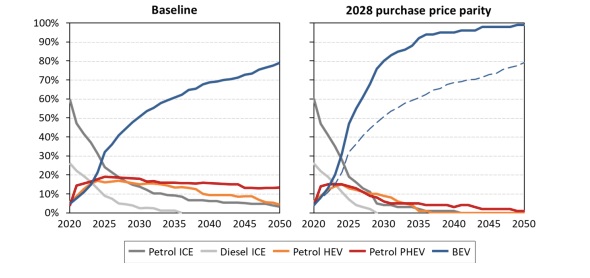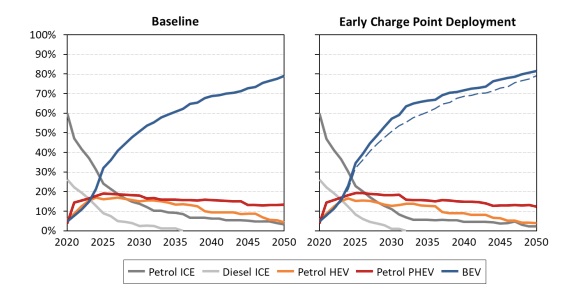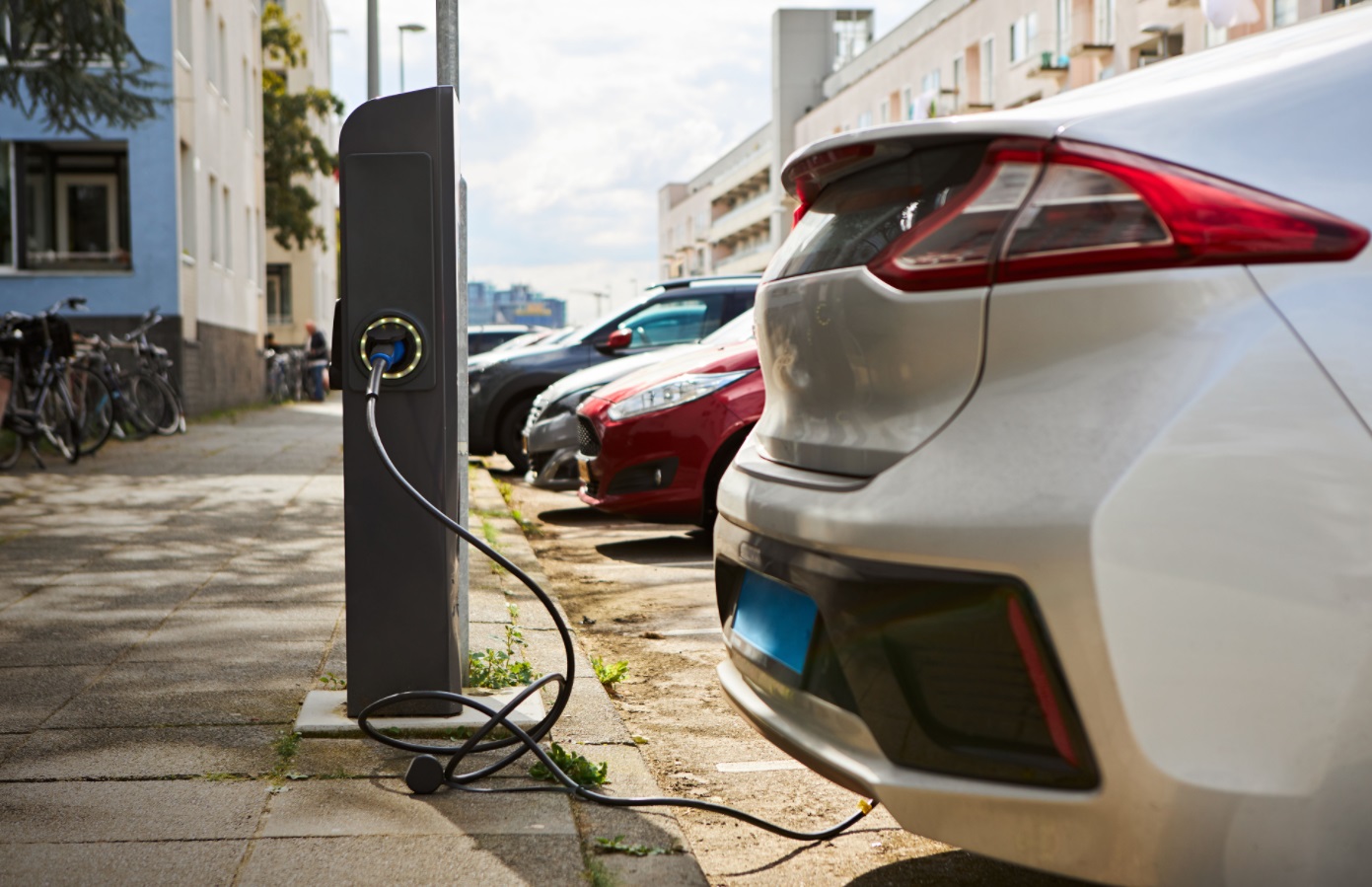The latest study of Element Energy shows that consumers in the EU and UK will inevitably transition to electric vehicles (EVs) eventually.
The study included 14,000 respondents from the United Kingdom, France, Italy, Spain, Germany, Poland, and the Netherlands. These are the countries that account for almost 80% of new passenger vehicle registrations in the European Union, United Kingdom, and EFTA region.
Let’s get deeper into the findings.
From 2025, EVs will be the most desired powertrain because of their low upfront costs
Surprisingly, upfront cost was seen to be the most crucial consideration for customer powertrain decisions, followed by driving distance, running cost, and access to charging.
According to the study, the growing demand for electric vehicles is driven by plummeting lithium-ion battery production costs and the introduction of cheaper, higher-specification EVs to the market, which is anticipated over the next decade.
Between now and 2025, consumer demand for battery electric vehicles (BEVs) is expected to outpace that of any other powertrain. By 2030, this is expected to rise to 50% and 80% by 2050.
With BEVs becoming the new standard, no other powertrain is anticipated to account for more than 20% of the market in 2027.
The study expects that in the most optimistic scenario price parity between battery electric vehicles and internal combustion engine vehicles will be achieved in 2028.
In the case that battery technology keeps improving at its current rate, EV sales would account for 80% of all vehicle sales by 2030 and 100% by 2050. The following graph shows the differences between the two cases:

EV demand is not restricted by access to public charging, but sales must keep up
It’s estimated that 59% of all new-car buyers in Europe have private off-street charging, so they won’t need to use public infrastructure for this purpose.
Following this information, the report found that expanding access to public charging ahead of demand does not appear to significantly increase BEV adoption on its own.
Even if public charging infrastructure is made available by 2030, demand for electric vehicles will only grow by 10% over the decade, as shown in the graph below.

However, in nations where there is a scarcity of both private and public charging stations (for example, Spain, Italy, and Poland), the introduction of more infrastructure is anticipated to create vast latent demand.
According to the data, if consumers don’t have access to charging, they won’t buy an EV.
Today’s customers favor the BEVs
If their properties were matched like running cost, upfront purchase cost and a 500km range, the vast majority of respondents (73%) would choose an EV over an ICE.
According to Element Energy, with governments increasingly signifying their green aims and electric vehicle technology improving and becoming more widespread, the demand for plug-in hybrid electric vehicles will rise.
But the study points out that the electric vehicle market alone cannot bring about the demise of internal combustion engine cars.
The research shows that an immediate ban on conventional vehicle sales would dramatically increase EV demand.





